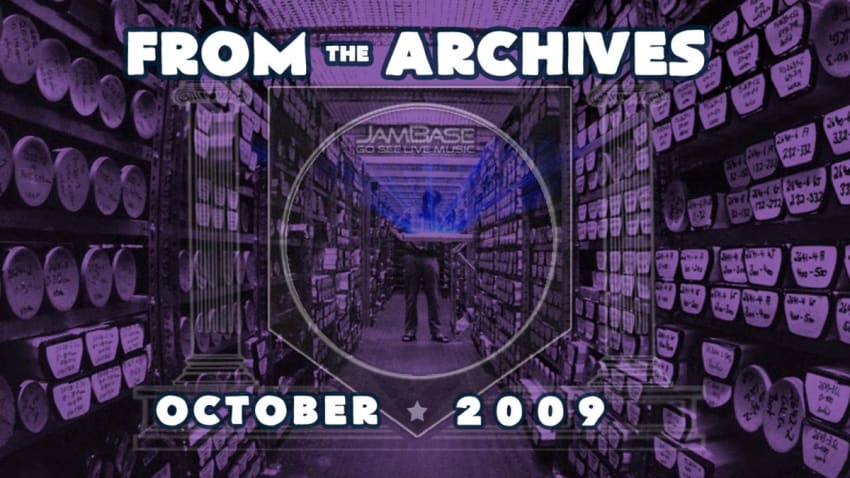Stanley Clarke Trio | 10.05 | Minneapolis
By Team JamBase Oct 12, 2009 • 12:44 pm PDT

Stanley Clarke Trio :: 10.05.09 :: Dakota Jazz Club & Restaurant :: Minneapolis, MN
 |
The trio opened with a piece which made its live premiere at the venue the previous month, Clarke’s “Three Wrong Notes.” On the frantic swinger, Clarke and White allowed Hiromi out of the gate with a stream of machine gun lines and a vocabulary and cohesion of ideas that dwarfs players three times her age. While her solo was unbelievable in and of itself, her comping behind Clarke after her solo concluded was what cemented her maturity as a player. Unlike Corea in his performance the month before, Hiromi played very sparse and supportive lines behind Clarke’s rapid fire solo, exhibiting a willingness and desire to not command the performance but to serve the music as a whole. Clarke set up a groove not unlike James Singleton’s playing on Robert Walter’s “Parts and Holes,” and the group was into the traditional “Sakura Sakura.” Again, the dynamic emotive range of the trio was on full display as Hiromi conjured up the spirit of maestros like McCoy Tyner and Ahmad Jamal in her chordal fragments and light-as-a-feather touch.
 |
The band then took on two unannounced ballads. The first was a melancholy tone poem that found Clarke drawing his bow while Hiromi conjured up rainy day soundscapes and ethereal colors on her instrument. The second ballad would be hard to chart as it started as a chipper, standard sounding piece and proceeded to deconstruct itself in an improvised excursion into the unexpected. The group then took on White’s “Paradigm Shift,” where the drummer took a solo between Clarke and Hiromi’s playful and quirky melodies and accelerated, unison sixteenth note triplets. After retreating to a standing ovation, the trio returned in triumph to take on the Red Hot Chili Peppers’ “Under the Bridge.” On the reharmonized tune, Clarke picked up his acoustic bass guitar and plunked out the vocal melody as Hiromi repainted the harmonic climate before launching head first (no pun intended) into a head banging, piano pounding thrash solo that had her looking more like a Muppet than a piano virtuoso. After revisiting the melody, the trio bowed and returned to the green room in triumph.
The only drawback of Clarke’s new trio was the same downfall present when Corea occupied the piano bench. Rather than play as a unison machine greater than the sum of its parts, White and Clarke are more content to play sparsely behind Hiromi as she burns up the keys. While Hiromi’s musical maturity and execution in the lineup showed greater acuity than her forefather Corea, it would be refreshing to see the unit function as more of a singular entity. That said, Hiromi’s playing is worth the price of admission all by itself. It is hard to overstate her musicality or importance to the future of jazz. While some might try to dismiss her playing as overbearing in the technique department, ignoring her sensitivity to the musical situation at hand would be to court ignorance, at best. And for any lingering doubts (if there were any to begin with) about her ability to play straight ahead acoustic jazz, her delivery as a side woman (or frontwoman, depending on how you care to look at it) to one of jazz’s most potent rhythm sections quickly dispatches any such ridiculous notion. If the Minneapolis show was any indication, the upcoming dates are sure to be some of the best shows of the year.
Hiromi tour dates available here.
JamBase | Forefront
Go See Live Music!
